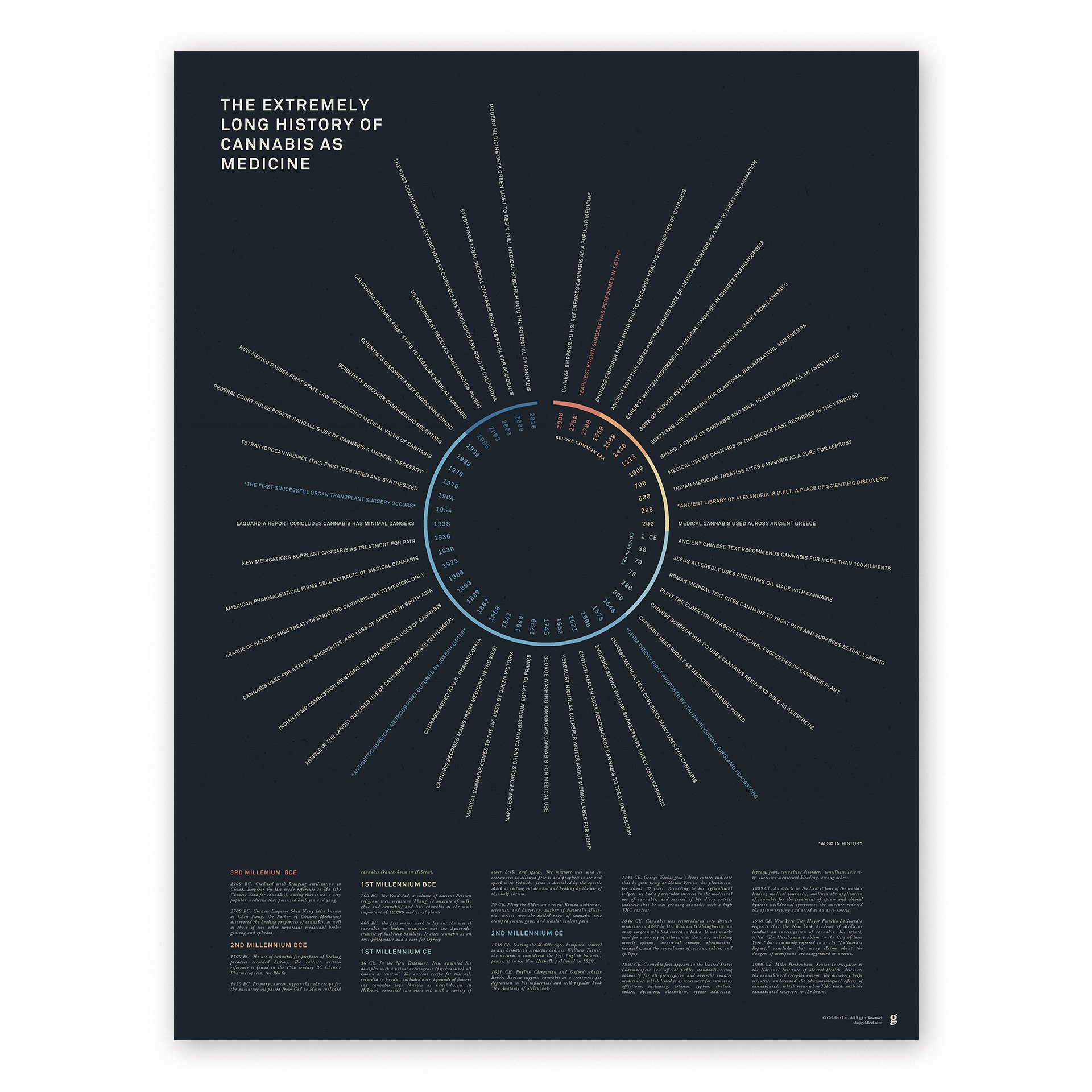Ethan Jackson is a cannabis activist and writer. He has been advocating for cannabis legalization for over a decade and has a wealth of knowledge about cannabis laws and regulations. When he's not fighting for cannabis rights, you can find him writing about his experiences and sharing his knowledge with others.
Throughout history, cannabis has been used for a variety of purposes, including medical, religious, and recreational. Ancient civilizations recognized the therapeutic properties of cannabis and utilized it in their medical practices. It was also an integral part of religious ceremonies, believed to have spiritual and mystical qualities. Additionally, cannabis was used recreationally, providing relaxation and enjoyment.
Over time, cannabis strains have evolved, thanks to the development of hybrids and selective breeding techniques. This has allowed for the cultivation of plants with specific levels of THC and CBD, the two main compounds responsible for the plant's effects. As a result, cannabis products have become more diverse, offering a range of experiences and benefits.
The legal status and public perception of cannabis have also undergone significant changes. In recent years, many countries and states have decriminalized or legalized cannabis, recognizing its potential medical benefits and shifting attitudes towards its recreational use. This changing landscape reflects the increasing acceptance and understanding of cannabis in society.
To learn more about the fascinating history and evolution of cannabis use, delve into this comprehensive article.

🌿 Journey Through Time: How Cannabis Strains Have Transformed
Throughout history, cannabis has played a significant role in various cultures and societies. Ancient civilizations recognized its medicinal, religious, and recreational properties. But how has cannabis and its use changed over time? Let's delve into the evolution of cannabis strains.
Over the years, cannabis strains have undergone significant transformations. One notable development is the creation of hybrids through selective breeding. Breeders have carefully selected and crossed different strains to create new varieties with specific characteristics. This is a testament to the historical use of cannabis and its ongoing evolution.
Another crucial aspect of this evolution is the selective breeding for specific THC and CBD levels. THC (tetrahydrocannabinol) is the psychoactive compound responsible for the "high" associated with cannabis, while CBD (cannabidiol) offers potential therapeutic benefits without the intoxicating effects.
As a result of this selective breeding, cannabis strains today can have much higher THC levels compared to those in the past. This increase in potency has been driven by consumer demand and advancements in cultivation techniques. It's important to understand the safety measures for responsible cannabis consumption due to these increased potency levels.

Understanding the changes in cannabis strains is essential for consumers seeking specific effects or medical benefits. Whether you're looking for a strain high in THC for recreational use or one with higher CBD levels for therapeutic purposes, the wide range of strains available today can cater to your needs.
It's fascinating to see how cannabis strains have evolved over time, offering a diverse array of options for users. As cannabis continues to gain acceptance and legalization expands, we can expect further advancements and discoveries in the world of cannabis strains.
Evolution of THC Levels in Cannabis Strains Over Time
🏛️ Shifting Sands: The Rollercoaster Ride of Cannabis Laws and Public Opinion
Throughout history, cannabis has played a significant role in various cultures around the world. Ancient civilizations used cannabis for medical, religious, and recreational purposes. But how has cannabis and its use changed over time?
Today, we can see a clear evolution in cannabis strains. Over the years, growers have developed hybrids and selectively bred plants to achieve specific levels of THC and CBD. This has led to a wide variety of strains with different effects and medicinal properties.
Furthermore, the legal status of cannabis has shifted dramatically. While it was once widely criminalized, many countries and states have decriminalized or even legalized cannabis for medical or recreational use. This change in legal status reflects a growing acceptance and understanding of the plant's potential benefits.
Public perception has also changed significantly. Cannabis is now more widely accepted and recognized for its potential medical applications. As more research emerges, people are becoming more open-minded about cannabis and its role in society.
Overall, the history of cannabis is a fascinating journey that highlights both its cultural significance and the evolving attitudes towards its use. To learn more about the history and evolution of cannabis, check out the short documentary clip provided below.

Now that we've discussed the shifts in the legal status of cannabis and changing public perceptions, let's take a visual journey through the history of cannabis use. The following video provides a timeline of cannabis use from 4000 BC to the present day.
The video above provides a comprehensive overview of the evolution of cannabis use, demonstrating how deeply intertwined it is with human history. As we move forward, the role of cannabis in society will likely continue to evolve, guided by ongoing research and changing attitudes.















